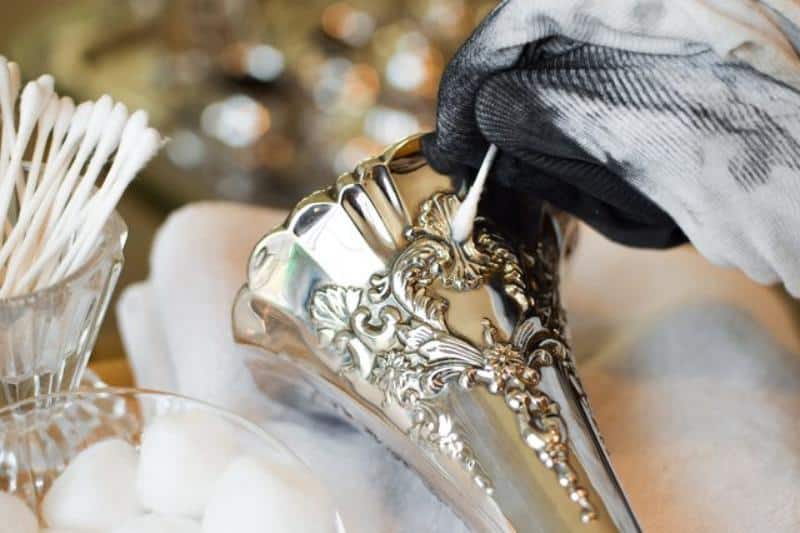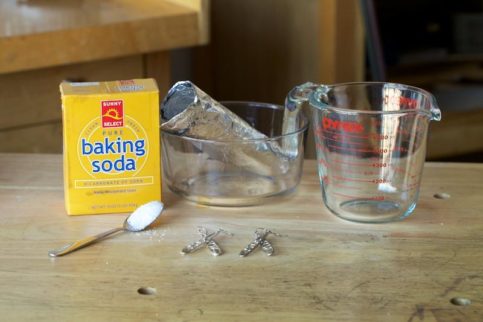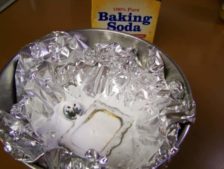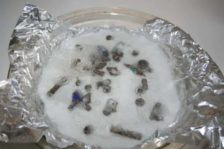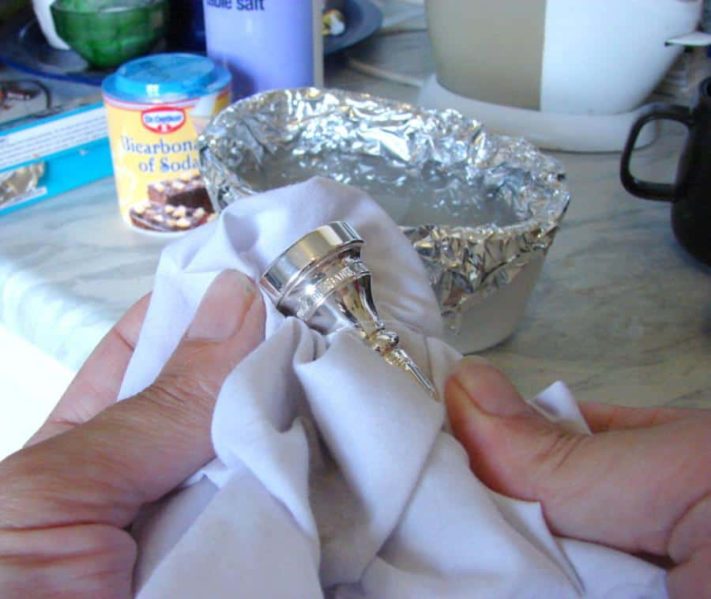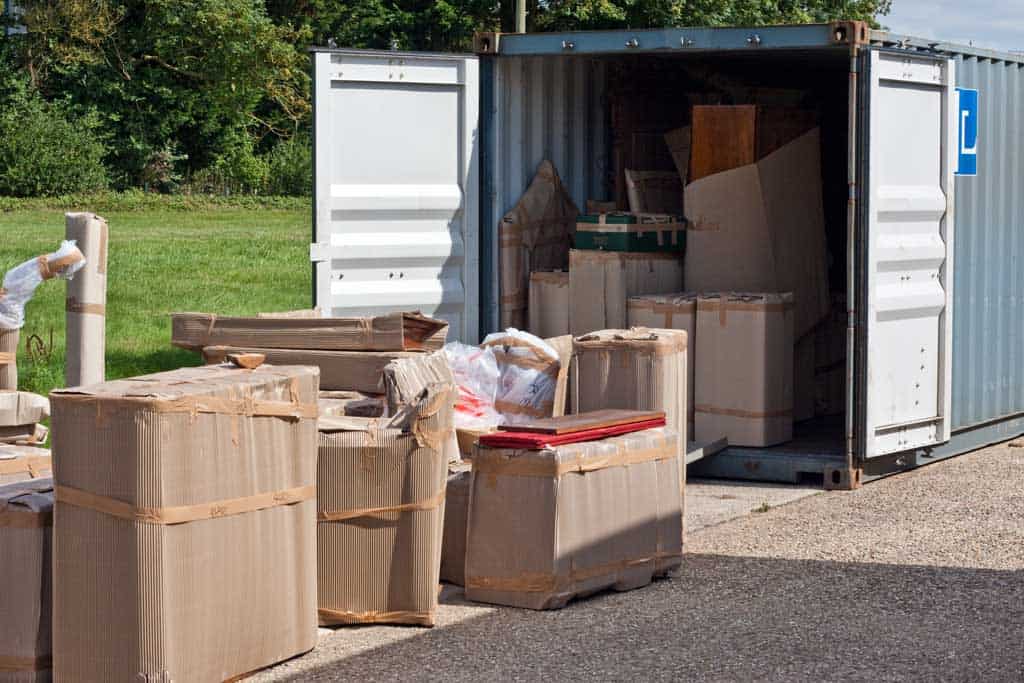The mining of silver first began around 5000 years ago, and has since been used in almost every part of our daily lives. The lustrous, sought-after metal can be found in jewelry, homeware, mirrors and furniture. Jewelry stores are full of shoppers with magpie tendencies, on the hunt for something shiny to wear.
Unfortunately, a passion for silver can often leave buyers with an empty wallet, but what if I told you that finding quality silver doesn’t actually have to break the bank.
This thorough guide will divulge all of the need-to-know information on where to source silver, and how to take care of it efficiently so that your metal will always stay in pristine condition.
1. Where to find antique silver
Local charity shops/thrift stores
Many small charity shops and thrift stores will have cabinets full of beautiful antique silver spoons, butter knives, jewelry and watches. They can sometimes be worth a hefty amount, but the person who owns the store will not always be aware of its value. Hidden gems are always found in these kinds of shops, so get hunting!
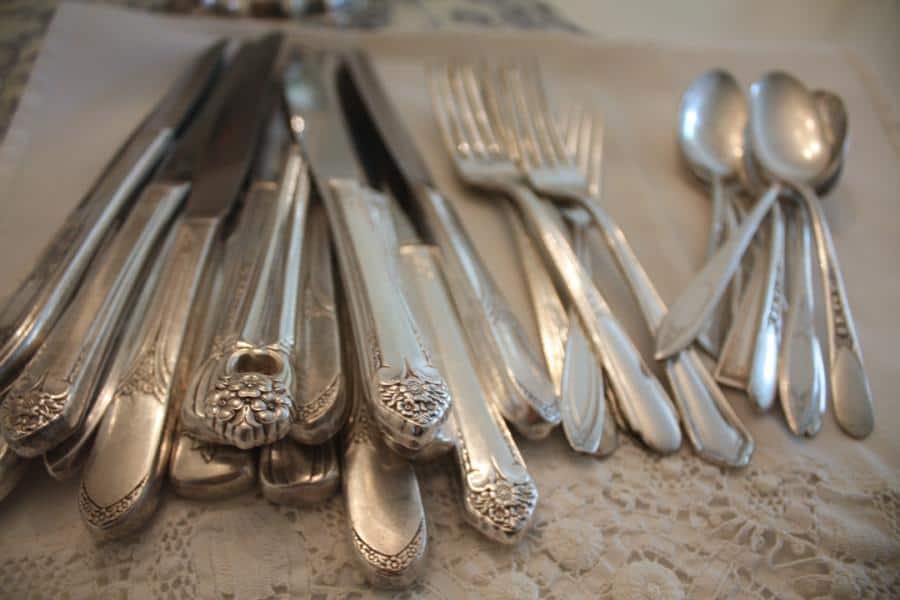
Etsy.com and similar websites
Etsy has its own antique and vintage section where vendors can sell items that are specifically vintage to customers. You can also find new silver from loads of different merchants on this site, and they are often sold at a very fair price. Make sure you double check the descriptions, they will detail whether it’s sterling silver, silver plated and so on.
Antique stores
You’re guaranteed to find the perfect silver item in antique stores. These places are often run by experts who know exactly what they’re buying and selling on to their customers. Antique stores are treasure troves stacked full of silver and gemstone cabinets.
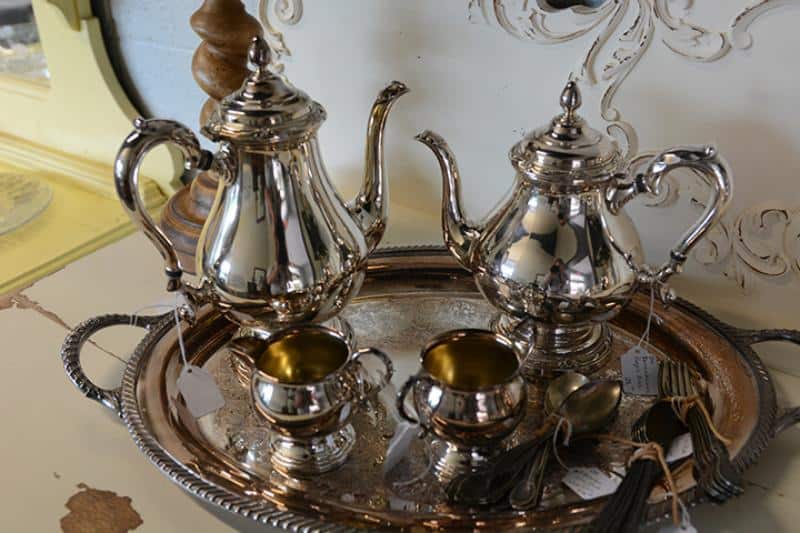
Travel – Bali, Thailand, Mexico, China…
Countries like Indonesia, China and Mexico (particularly the town of Taxco) are full to the brim with silver, and it’s extremely cheap. However, make sure that you know what you’re buying, as there can be a lot of fakes out there. Always check products for hallmarks, and don’t let anyone force you into making a purchase if you’re not 100% sure.
Flea markets/car boot sales
So many people are given jewelry and silver homeware by relatives and simply don’t realize it’s worth or like it very much, so end up flogging them at flea markets and car boot sales. This means that your best bet of snapping up a bargain on silver is to head over to a flea market and get bartering.
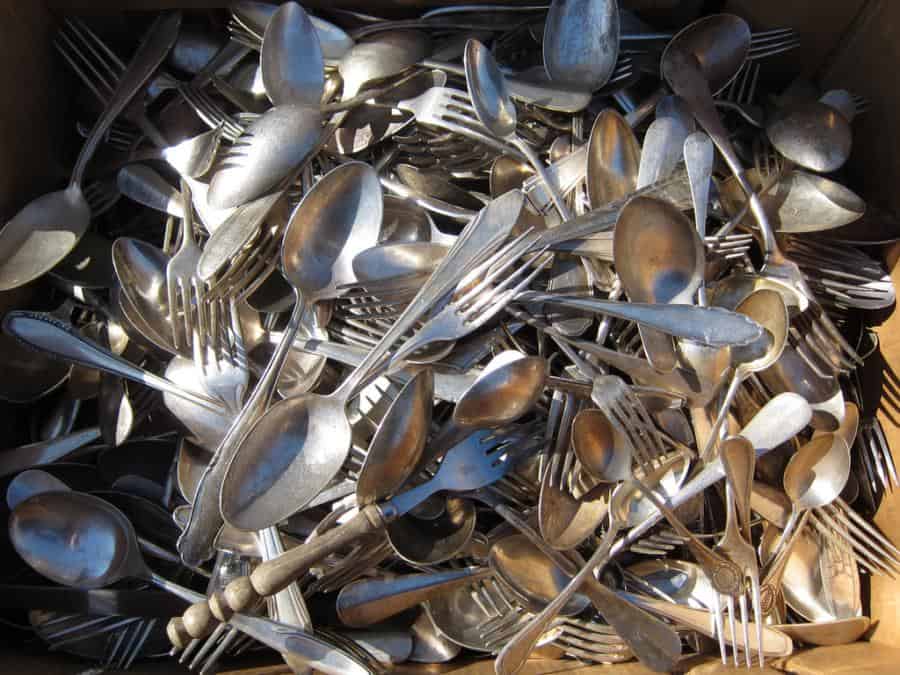
2. Understanding silver
There are different types of silver out there, here is the lowdown: Pure Silver, 925 Sterling silver, 975 Sterling Silver, Plated Silver.
Pure silver (99% or higher silver)
The most expensive type of silver, and also the least convenient. Pure silver comes directly from the earth and is not mixed with any other metals. It is extremely malleable, so it couldn’t be used for cutlery or furniture as it would bend too much. Pure silver doesn’t react well to the environment. It will quickly tarnish when exposed to hydrogen sulfide, which is sulfur in the air.
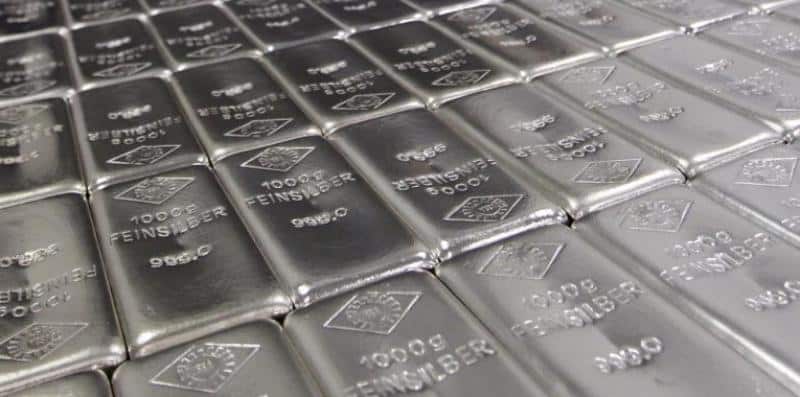
925 Sterling silver (92.5% pure silver, 7.5% alloy metals, usually copper)
This is the most commonly used silver, it is easily molded to form jewelry and household items, but isn’t too malleable. Sterling silver can be found at a good price and will have a 925 hallmark on it to prove that it’s genuine sterling silver.
975 Sterling Silver (97.5% pure silver, 2.5% alloy metals, usually copper)
Often more expensive than 925 sterling silver, this type of metal is a lot more pure and is often used by premium brands that sell intricate pieces of jewelry.
Plated silver
Silver plated items are produced using a base metal which is then covered in silver. This is a more affordable way of owning silver items, however over time the coating will wear off and you will just be left with the base metal. If it’s a piece of jewelry you don’t wear often and keep in good condition, then silver plated products are a good option.
3. How do I know if it’s genuine?
When looking at a silver item, there are a few quick tips you can do on the spot that can help you tell if the item is genuine silver.
Stamps & Hallmarks
The first thing you should look for when you found an item you suspect to be real silver, is markings like a stamp or hallmark. A silver object that is to be sold commercially is, in most countries, stamped with one or more silver hallmarks indicating the purity of the silver, the mark of the manufacturer or silversmith, and other markings to indicate date of manufacture and additional information about the piece.
The hallmark for sterling silver varies from nation to nation, often using distinctive historic symbols, although Dutch and UK Assay offices no longer strike their traditional hallmarks exclusively in their own territories and undertake assay in other countries using marks that are the same as those used domestically. If you’d like to know more about silver hallmarks, this Online Encyclopedia of Silver Marks, Hallmarks & Makers’ Marks is a real mine of information.
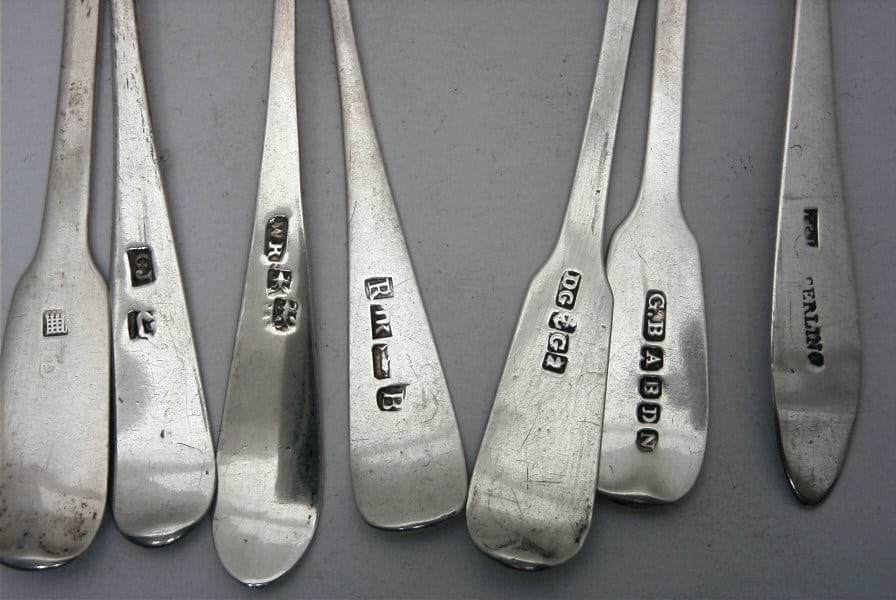
International sellers of silver will stamp silver as 925, 900 or 800. These numbers indicate the percentage of fine silver in the piece. 925 means that the piece is 92.5 percent silver (which is the purity level of “Sterling Silver”). If there is no stamp, you should be leery: it may be still be pure silver, but manufactured in a country that doesn’t require stamping.
All genuine sterling silver products that weigh over 7.78 grams will bear a 925 hallmark. They can sometimes be hard to find, but will definitely be on there. Don’t be embarrassed if you’re in an antique store or flea market and you inspect the item before purchasing it, any reputable merchant will understand that this is important.
Sterling silver is the most commonly used silver, 975 is also available, however, even though this is higher in silver content, it is actually more malleable which means that the product is prone to bending and losing it’s shape over time.
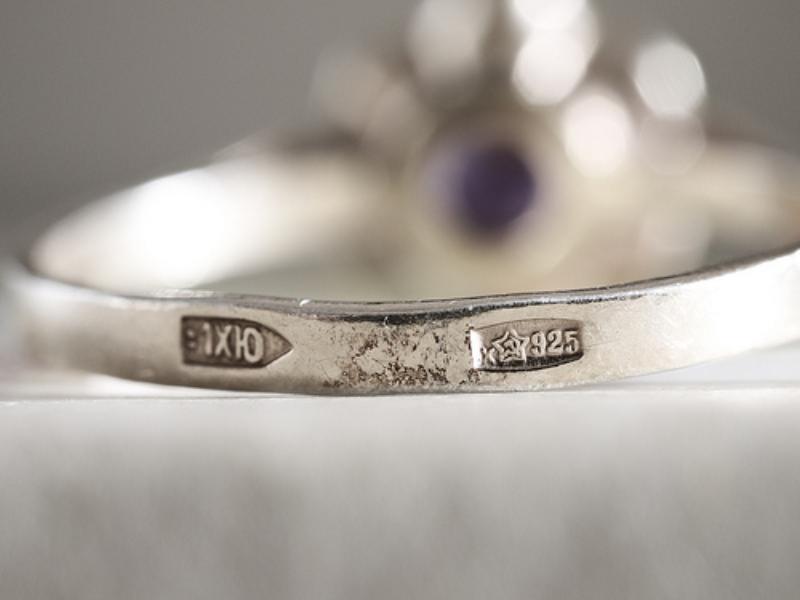
Smoothness
Take the item in your hands. Does it feel really sturdy? Then it could be a different element, as silver is soft and bendable (to a certain extent).
Magnetic Qualities
This test requires the use of a rather strong magnet. If your “silver” item is connecting to magnetic surfaces, that material just isn’t silver. Silver is not noticeably magnetic, and exhibits only weak magnetic effects unlike iron, nickel, cobalt, and the like. If your magnet sticks strongly to the piece, it has a ferromagnetic core and is not silver.
Tarnish
If the item looks tarnished, that’s actually a sign that it’s real. Sterling silver doesn’t lose its silver polish over time (unlike fake silver), and can be polished back to its original, sleek color, no matter how much time has passed.
The “ice test”
This test can’t really be conducted on the spot, unless you manage to get some ice. Silver has the highest thermal conductivity of any common metal or alloy. Even at room temperature, authentic silver products will melt the ice at an exceedingly rapid rate. If it melts fast(er), it probably is silver.
4. How do I keep it in good condition?
Shop-bought silver cleaner is certainly the quickest way to give your dull metal a new lease of life. However, thanks to the harsh chemicals, if it is used too many times it can actually ruin your silver forever.
The best way to keep your metal shiny is to regularly give it a buff with a polishing cloth, or if it really needs a boost, you can make a solution with products from your kitchen cupboard (we will show you how to make this later on).
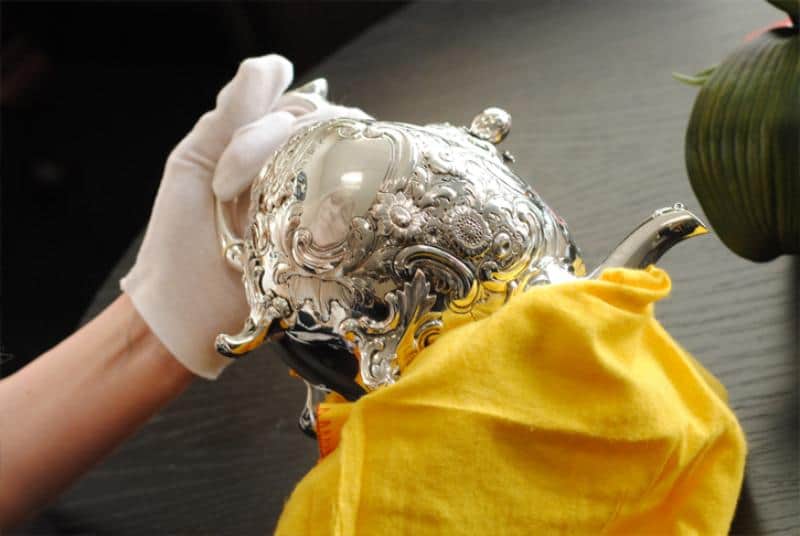
The reason that silver loses its lustrous shine is because it oxidizes with the air, so if you’re not wearing or using it then keep it sealed in an airtight plastic bag. Many people leave their jewelry hanging on a jewelry tree or hooks, and that’s why it tarnishes so quickly.
Homemade silver cleaner recipe
What you’ll need:
1 x Tablespoon of salt
2 x Tablespoon of bicarbonate of soda
Boiling water
Glass bowl
Aluminum foil
Method: Line your bowl with aluminum foil, then add the salt and bicarbonate of soda. Place your silver item/s into the glass bowl and pour in your boiling water, then watch as little grey plumes float into the air (this is the oxidation leaving the silver). Allow your metal to sit in there for around 10-15 seconds and then pour the water away. Don’t forget to give your silver a good clean with warm, soapy water.

